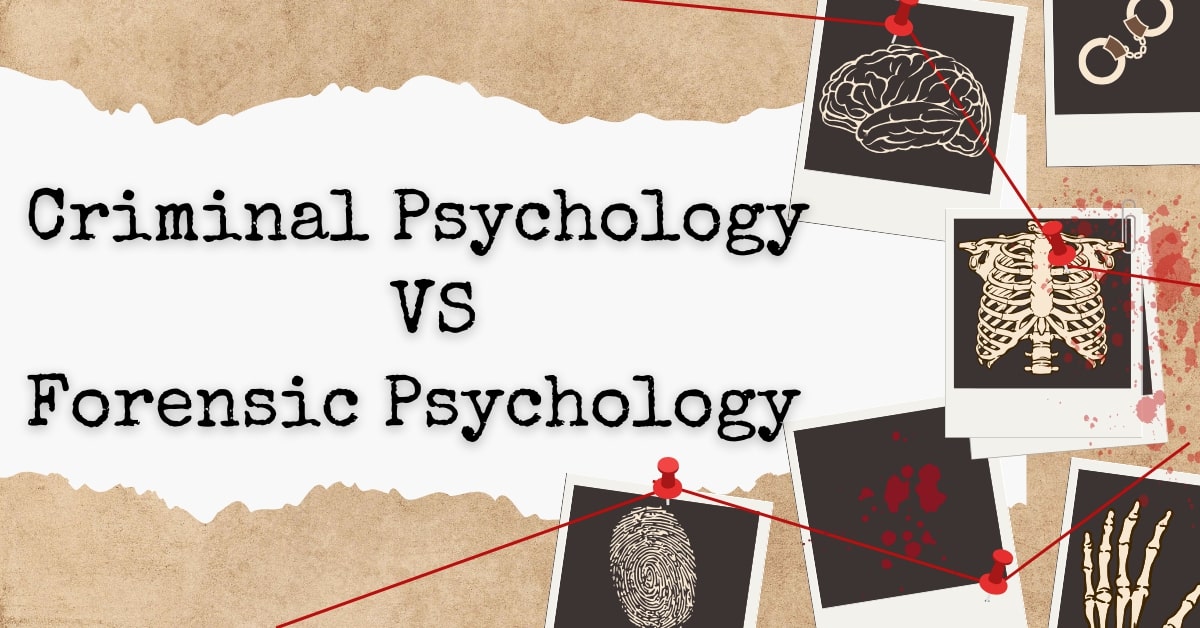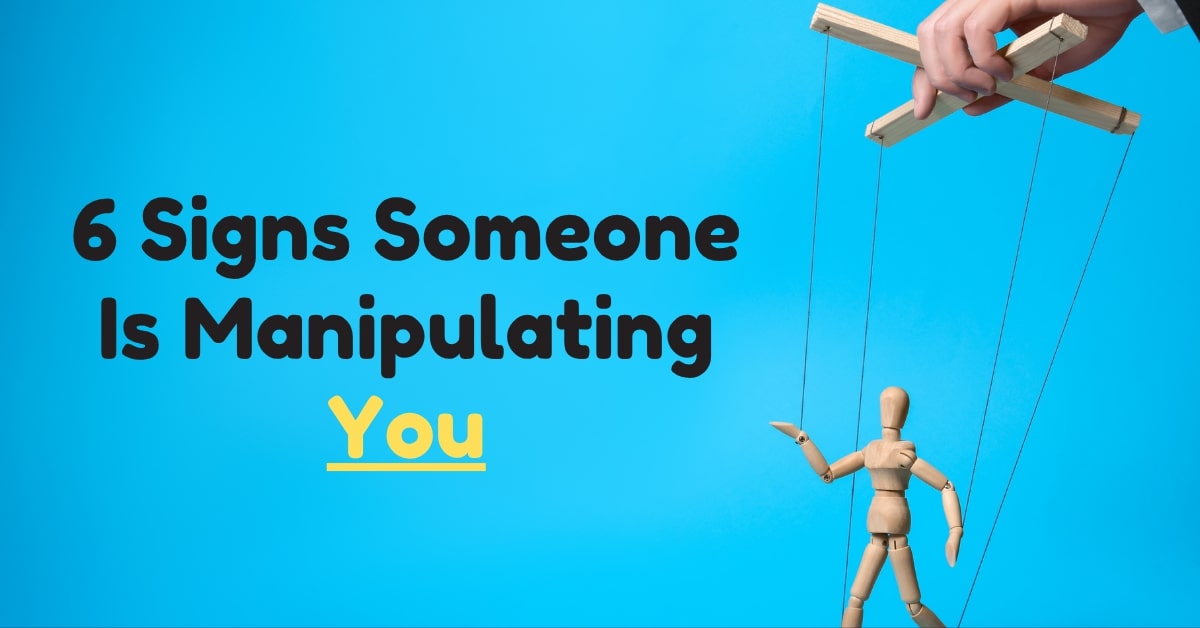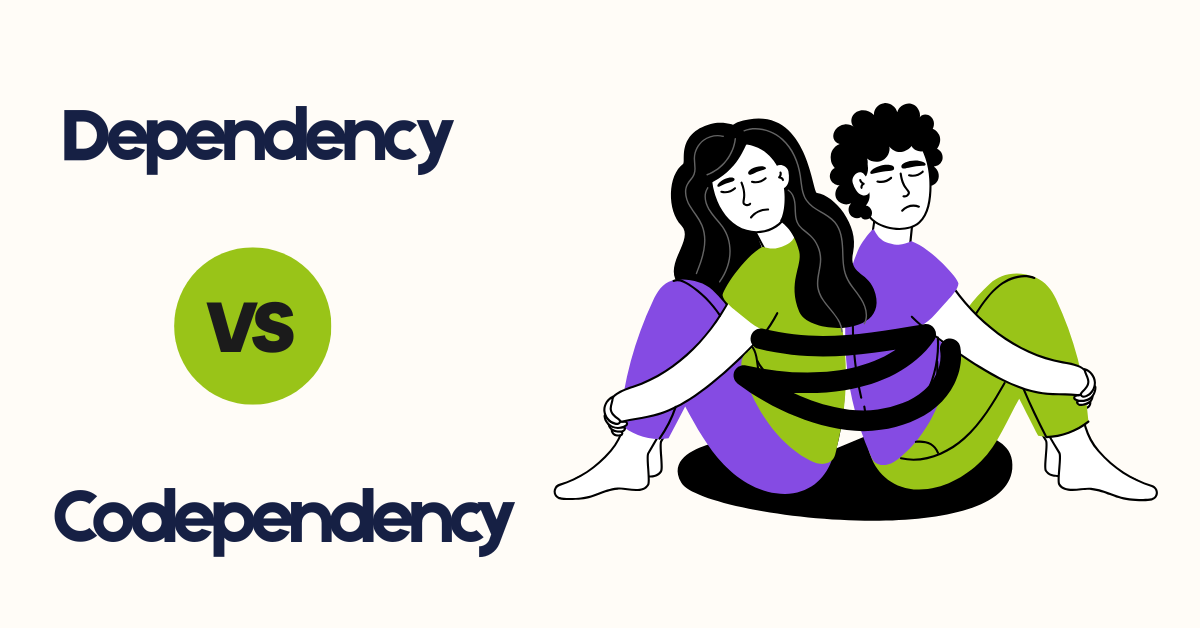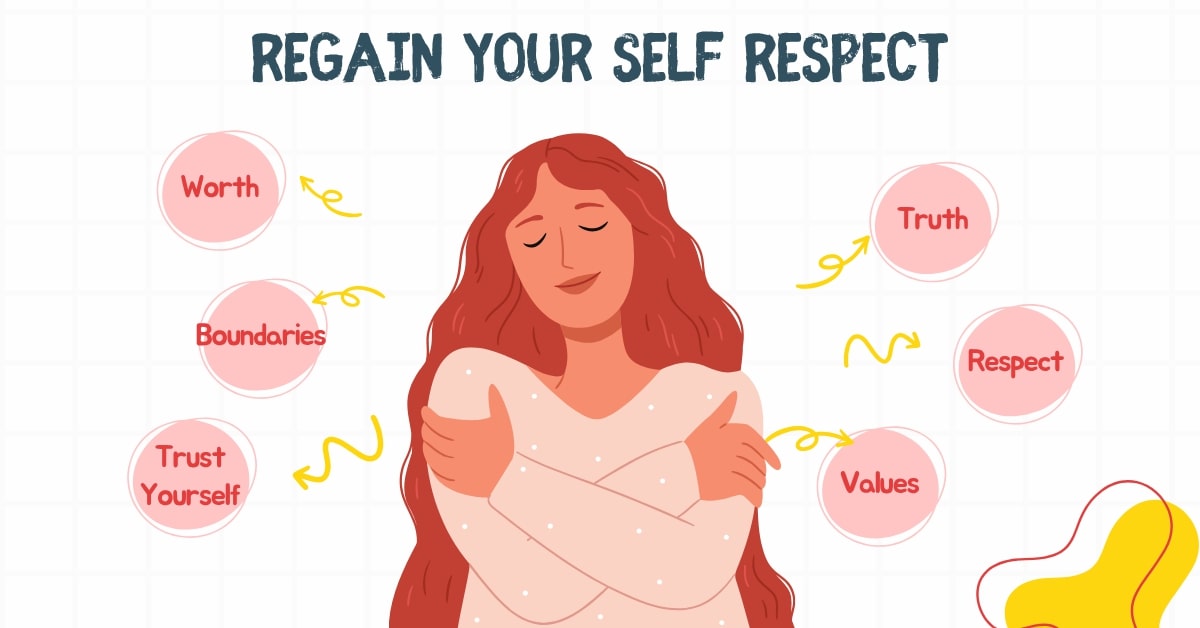Let’s face it crime stories are everywhere. Flip through Netflix, scroll your feed, or even overhear someone at a coffee shop, and chances are, you’ll catch a murder doc, courtroom drama, or some deep-dive into the mind of a killer. It’s gripping. But it’s not just about the shock value. Deep down, a lot of […]










